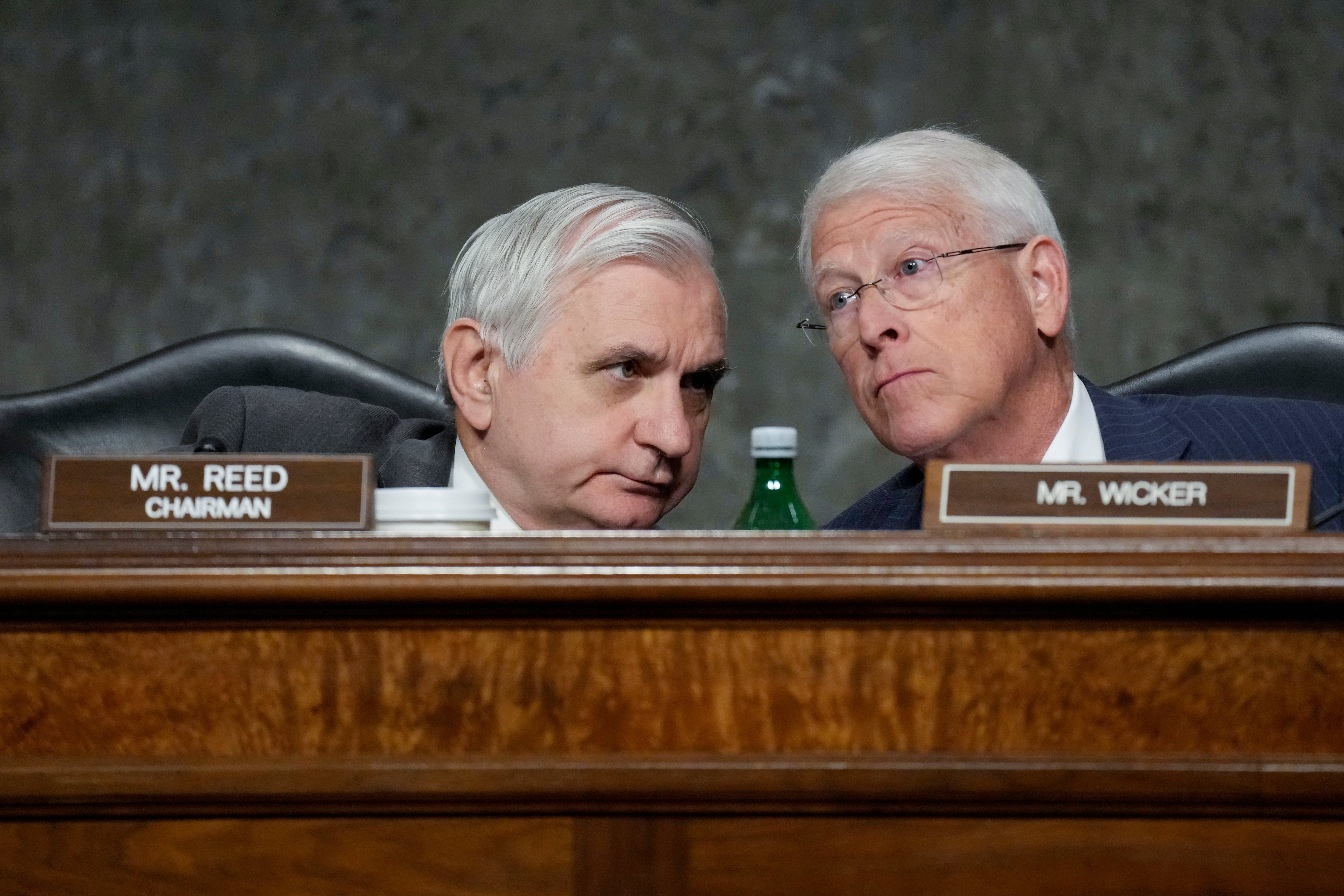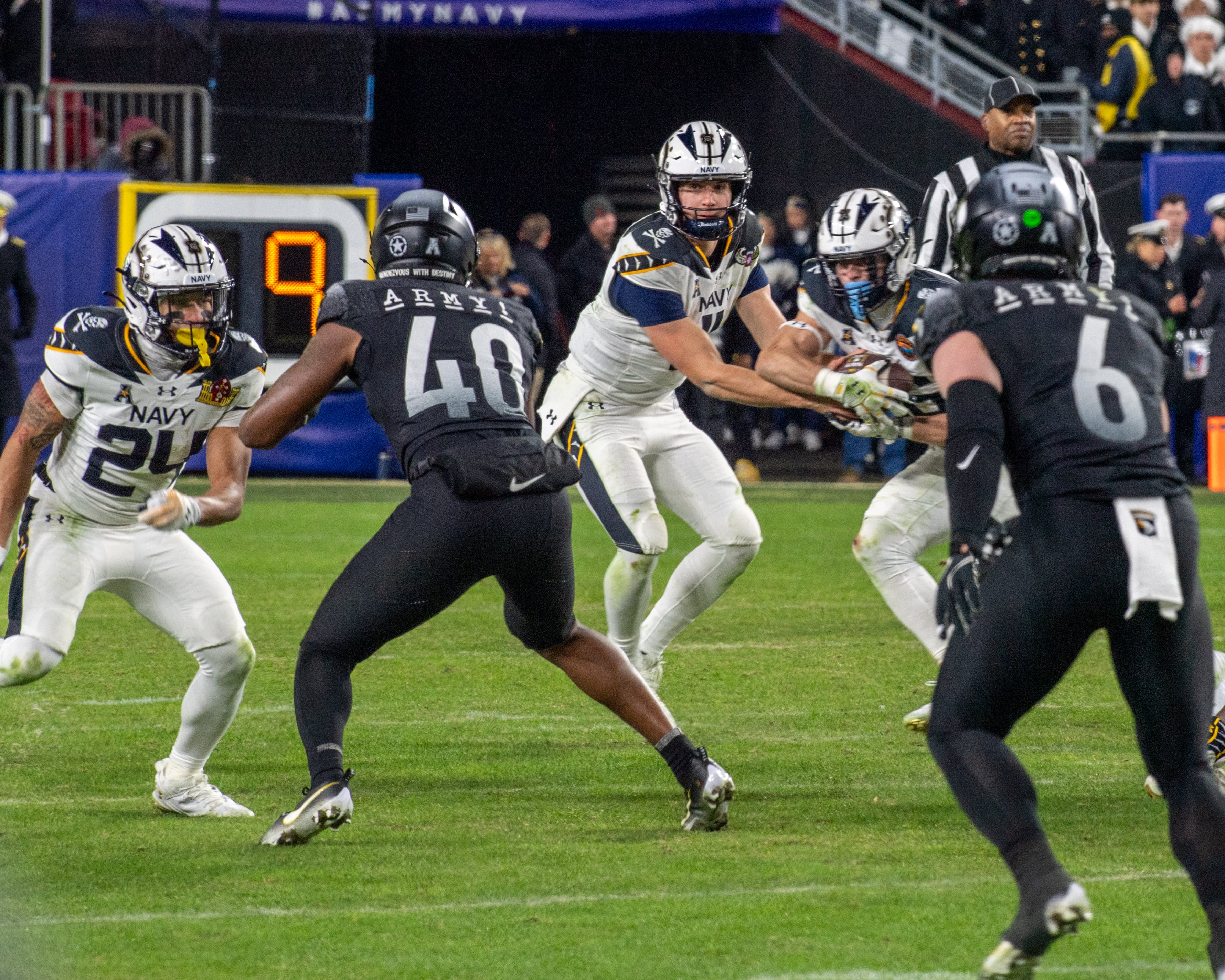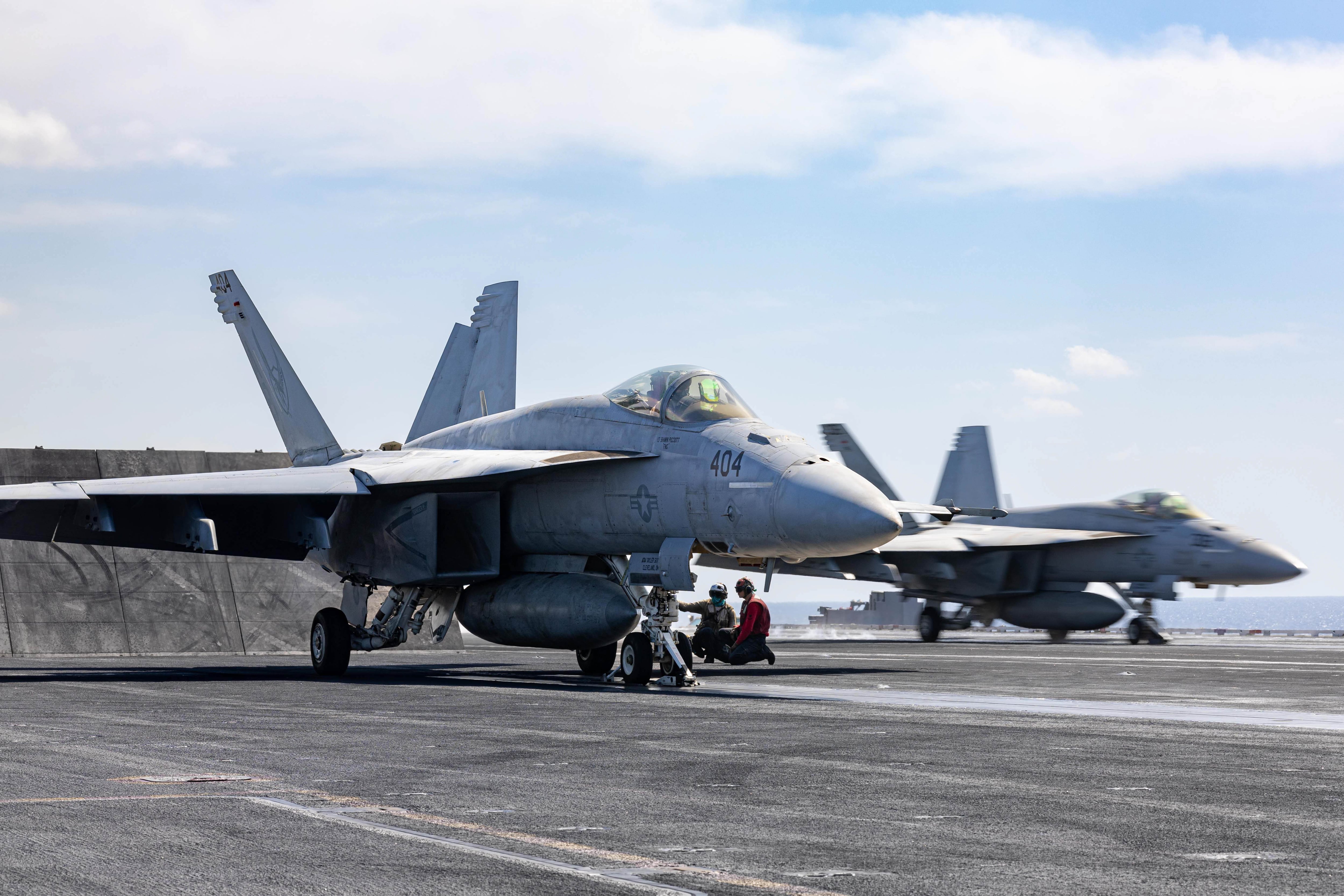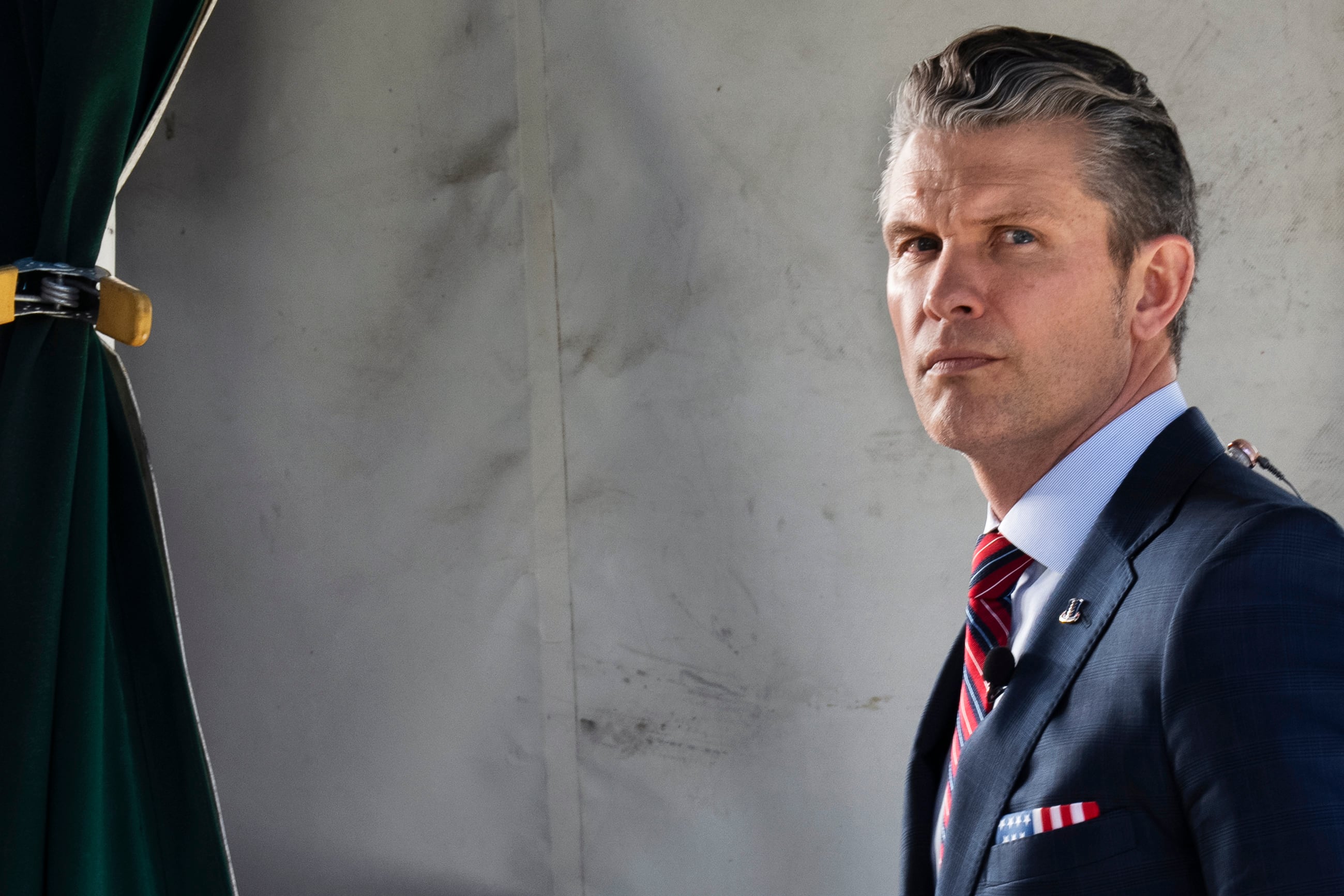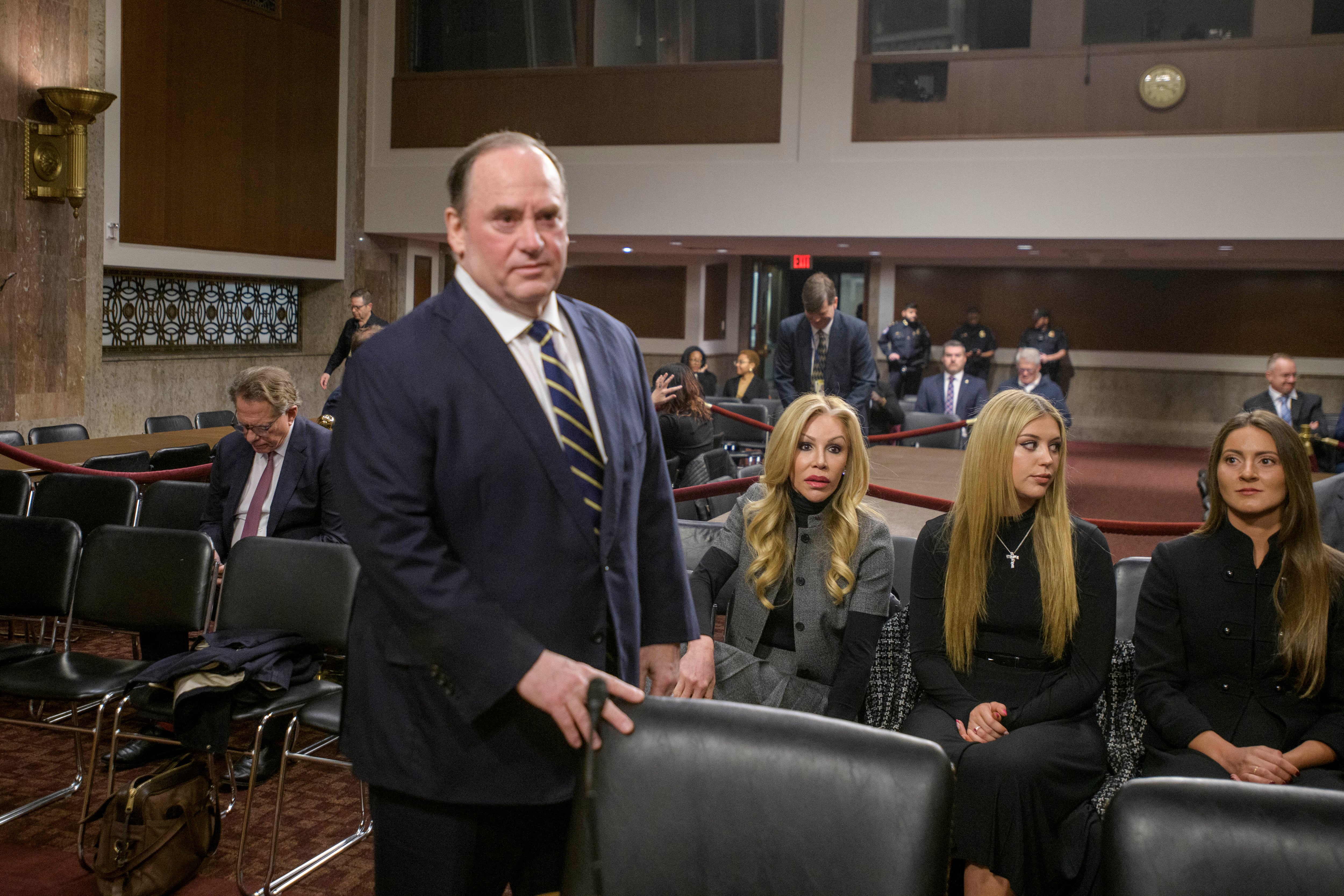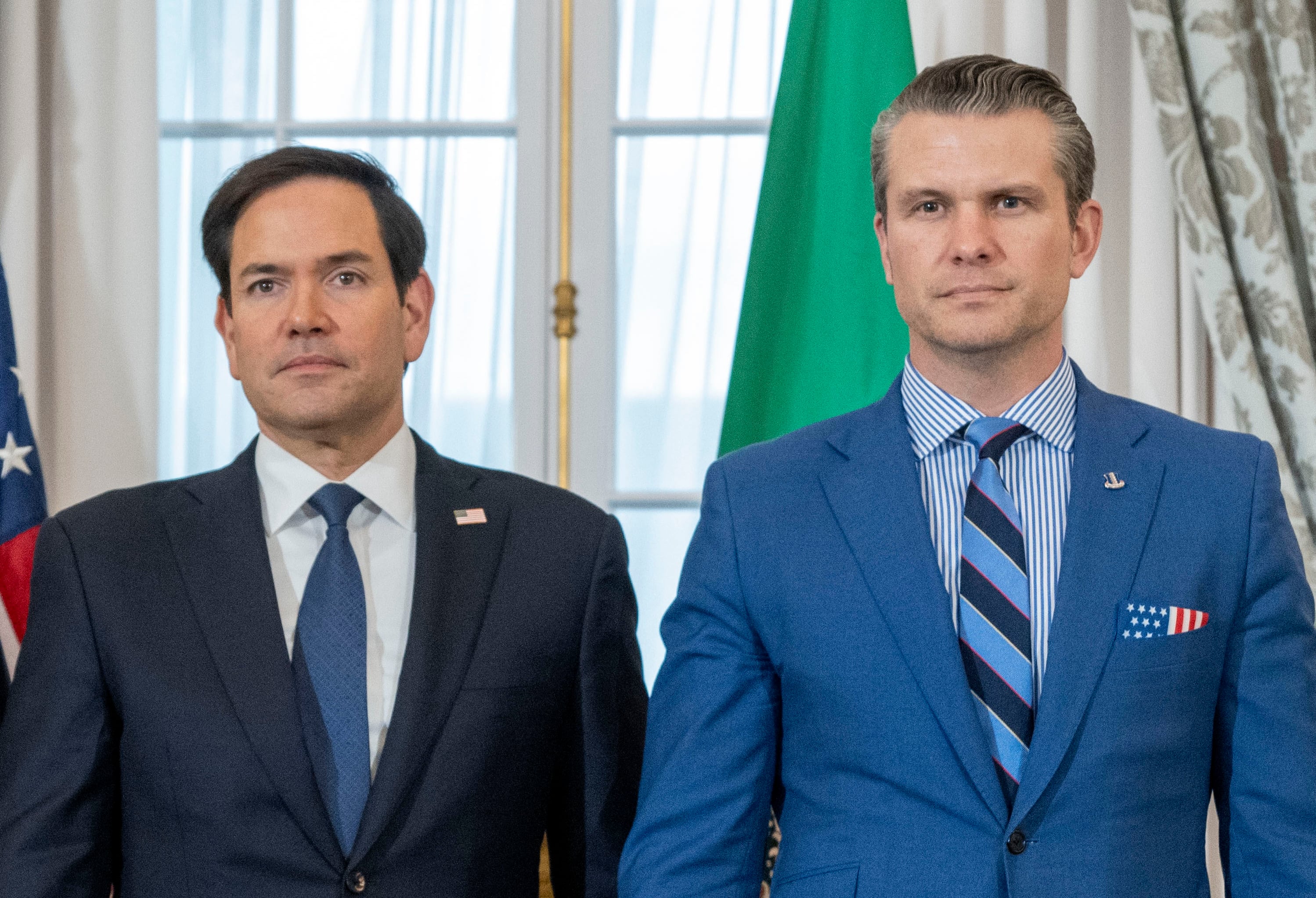A scathing internal Navy probe into the 2017 collision that drowned seven sailors on the guided-missile destroyer Fitzgerald details a far longer list of problems plaguing the vessel, its crew and superior commands than the service has publicly admitted.
Obtained by Navy Times, the “dual-purpose investigation” was overseen by Rear Adm. Brian Fort and submitted 41 days after the June 17, 2017, tragedy.
It was kept secret from the public in part because it was designed to prep the Navy for potential lawsuits in the aftermath of the accident.
Unsparingly, Fort and his team of investigators outlined critical lapses by bridge watchstanders on the night of the collision with the Philippine-flagged container vessel ACX Crystal in a bustling maritime corridor off the coast of Japan.
Their report documents the routine, almost casual, violations of standing orders on a Fitz bridge that often lacked skippers and executive officers, even during potentially dangerous voyages at night through busy waterways.
The probe exposes how personal distrust led the officer of the deck, Lt. j.g. Sarah Coppock, to avoid communicating with the destroyer’s electronic nerve center — the combat information center, or CIC — while the Fitzgerald tried to cross a shipping superhighway.
When Fort walked into the trash-strewn CIC in the wake of the disaster, he was hit with the acrid smell of urine. He saw kettlebells on the deck and bottles filled with pee. Some radar controls didn’t work and he soon discovered crew members who didn’t know how to use them anyway.
Fort found a Voyage Management System that generated more “trouble calls” than any other key piece of electronic navigational equipment. Designed to help watchstanders navigate without paper charts, the VMS station in the skipper’s quarters was broken so sailors cannibalized it for parts to help keep the rickety system working.
Since 2015, the Fitz had lacked a quartermaster chief petty officer, a crucial leader who helps safely navigate a warship and trains its sailors — a shortcoming known to both the destroyer’s squadron and Navy officials in the United States, Fort wrote.
Fort determined that Fitz’s crew was plagued by low morale; overseen by a dysfunctional chiefs mess; and dogged by a bruising tempo of operations in the Japan-based 7th Fleet that left exhausted sailors with little time to train or complete critical certifications.
To Fort, they also appeared to be led by officers who appeared indifferent to potentially life-saving lessons that should’ve been learned from other near-misses at sea, including a similar incident near Sasebo, Japan, that occurred only five weeks before the ACX Crystal collision, Fort wrote.
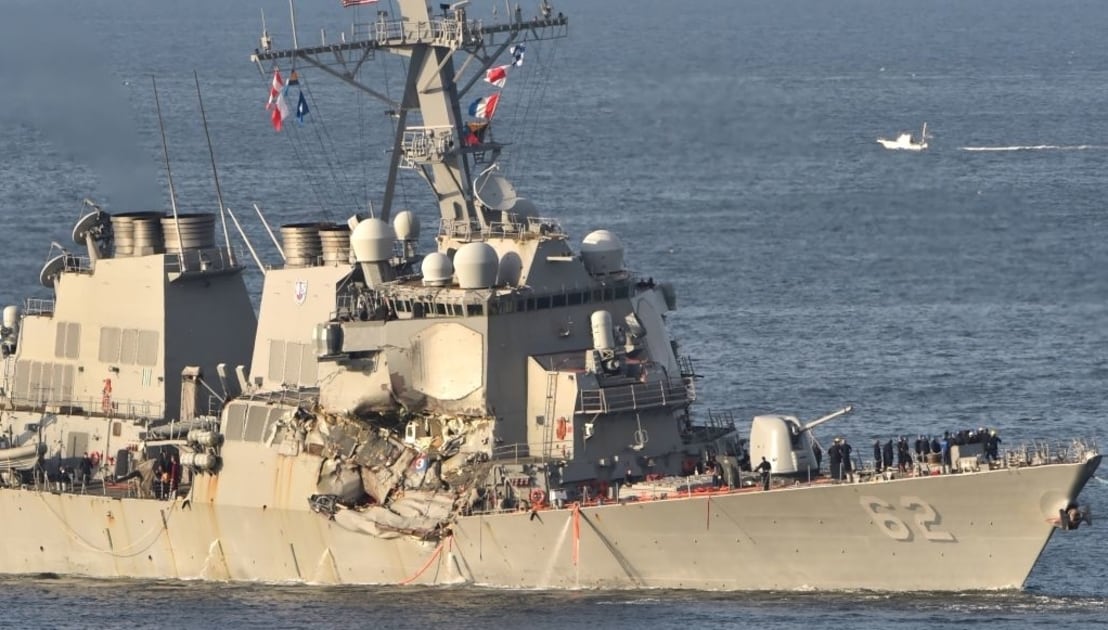
‘Significant progress’
Fort’s work took on added urgency after another destroyer assigned to the 7th Fleet, the John S. McCain, collided with the Liberian-flagged tanker Alnic MC on Aug. 21, 2017, killing 10 more American sailors.
But it remained an internal file never to be shared with the public.
Pentagon officials declined to answer specific questions sent by Navy Times about the Fort report and instead defended the decision to keep the contents of the report hidden from public scrutiny.
“The Navy determined to retain the legal privilege in order to protect the legal interests of the United States, but provided information regarding the causes and lessons learned to families of those sailors, the Congress and the American people, again to make every effort to ensure these types of tragedies to not happen again,” said Navy spokesman Capt. Gregory Hicks in a prepared written statement to Navy Times.
In the 19 months since the fatal collision, the Navy’s Readiness Reform Oversight Council has made “significant progress” in implementing reforms called for in several top-level Navy reviews of the Fitzgerald and McCain collisions — nearly 75 percent of the 111 recommendations slated to be implemented by the end of 2018, Hicks added.
Navy Times withheld publication of the Fort report’s details until Pentagon officials could brief the families of the dead Fitz sailors about the grim findings.
Sailors Xavier Martin, Dakota Rigsby, Shingo Douglass, Tan Huynh, Noe Hernandez, Carlos Sibayan and Gary Rehm drowned in the disaster.
Coppock pleaded guilty to a dereliction of duty charge at court-martial last year.
The Fitz’s commanding officer, Cmdr. Bryce Benson, and Lt. Natalie Combs, who ran the CIC, are battling similar charges in court but contend unlawful command influence by senior leaders scuttled any chance for fair trials.
When Fort arrived at her CIC desk, he found a stack of paperwork Combs abandoned: “She was most likely consumed and distracted by a review of Operations Department paperwork for the three and a half hours of her watch prior to the collision,” Fort wrote.
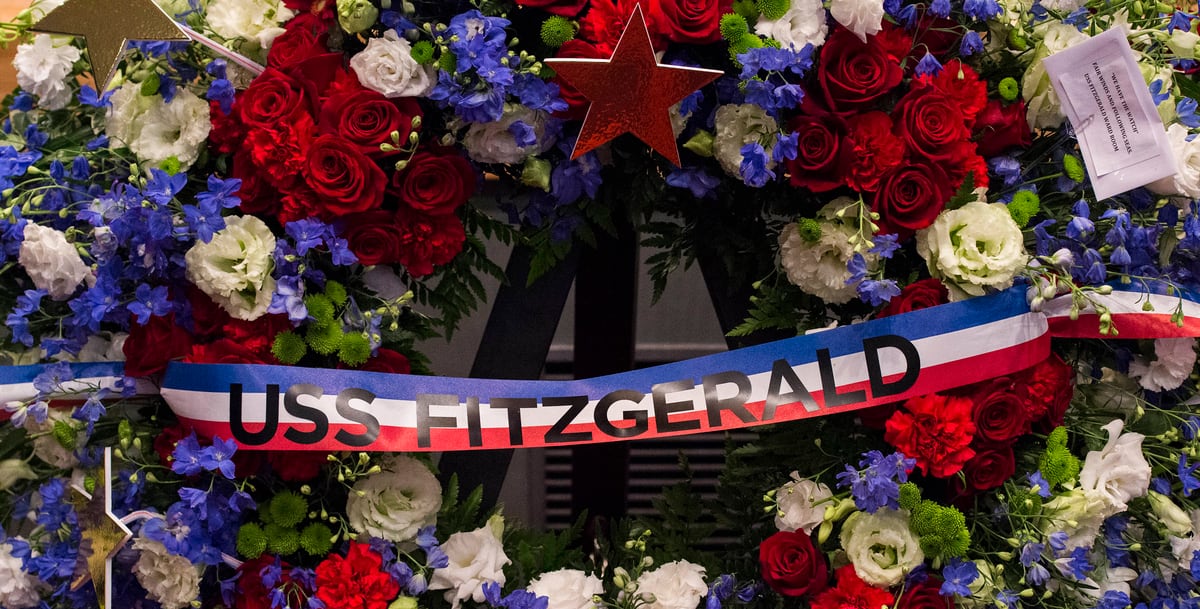
Lessons unlearned
Although Fort’s report drew parallels to a 2012 non-fatal accident involving the destroyer Porter and the supertanker M/V Otowasan in the Strait of Hormuz, his investigation focused on a near-miss by the Fitzgerald near Sasebo on May 10, 2017.
During that incident, an unnamed junior officer “became confused by the surface contact picture” of vessels surrounding the destroyer and summoned the warship’s then-commanding officer, Cmdr. Robert Shu, to the bridge, according to Fort.
Shu set the course to steer the Fitz behind the merchant vessel and then left the bridge.
But once the officer in charge had cleared the other ship’s stern, he “became immediately aware that another vessel was on the opposite side” of the ship they had just dodged, Fort wrote.
“(The officer) sounded five short blasts and ordered all back full emergency to avoid collision,” something Lt. j.g. Coppock failed to do weeks later when the ACX Crystal loomed out of the darkness, the report states.
To Fort, the earlier incident should’ve been a wakeup call for both Shu and Cmdr. Benson, his executive officer who would soon “fleet up” to replace him as skipper, plus Benson’s future second-in-command, Cmdr. Sean Babbitt.
“FTZ’s command leadership was unaware of just how far below standards their command had drifted,” wrote Fort, a surface warfare officer with more than a quarter-century of experience. “Had the (commanding officer) and (executive officer) critiqued the near-collision, they may have identified the root causes uncovered by this investigation.”
When contacted by Navy Times, Shu recalled the incident that took place just east of the Tsushima Strait, “a normally busy and recognized waterway.”
“As I was heading down the ladderwell to my cabin, I heard five short blasts and felt the ship back,” Shu said. “I ran back up to the bridge and there was another vessel behind the one we had just maneuvered for.”
Although Shu couldn’t recall how close the two vessels got to each other, he insisted that the incident wasn’t a near-collision and that his bridge team “reacted appropriately” and later assured him that they had a good picture of the vessels around their destroyer.
But Fort’s investigation pointed to a disturbing pattern of watchstanders failing to follow standing orders from a skipper and XO who often were inexplicably absent from the bridge, even when the warship was transiting potentially dangerous waters at night.
One junior officer spoke of a similar near-collision during low visibility, when a watch team finishing their shift failed to identify a vessel that was closing on them and wasn’t being tracked, according to the report. The oncoming officer of the deck maneuvered out of the vessel’s way but never notified the commanding officer.
Watchstanders admitted to knowing of other instances when ships got close enough to trigger a call to the CO, but they never made it, according to the report.
“Procedural compliance by Bridge watchstanders is not the norm onboard FTZ, as evidenced by numerous, almost routine, violations of the CO’s standing orders,” not to mention radio transmissions laced with profanity and “unprofessional humor,” Fort found.
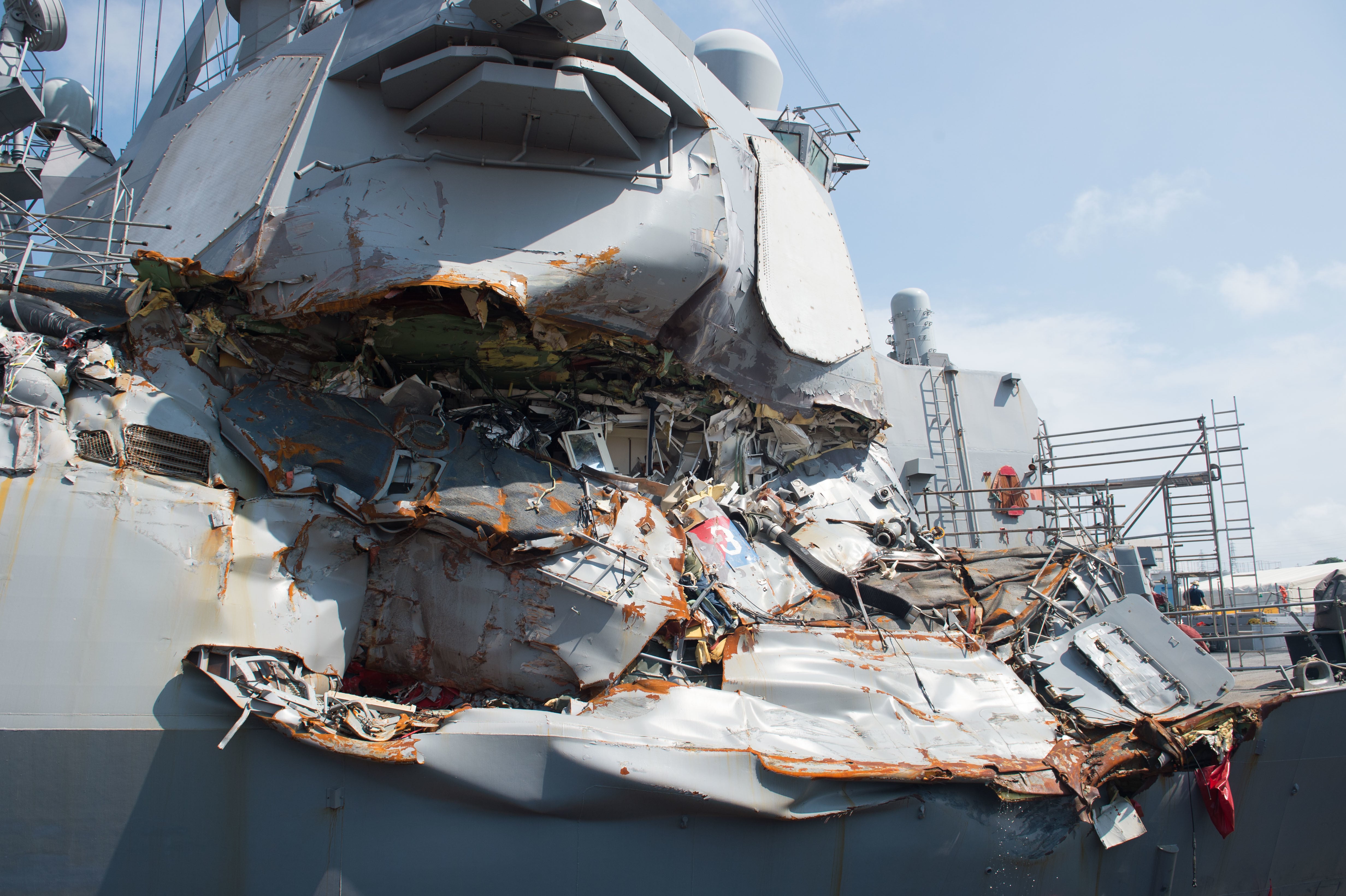
Rules of the road
Benson and predecessor Shu spent little time on the bridge during nighttime transits and Benson was asleep in his quarters on the fateful night the Fitzgerald collided with the ACX Crystal, Fort wrote.
Some of Benson’s bridge team had never transited the busy waterway before, or had only done so during the day, and “his watchstanders were at least as fatigued as he was from a long day of operations without sufficient rest,” Fort found.
It also was Benson’s first transit from Sagami Bay to the open sea as the warship’s skipper, a command he assumed just a few days after the near-collision off Sasebo.
“It is inexplicable that neither Benson nor (executive officer Cmdr. Babbitt) were on the bridge for his first outbound Yokosuka transit as CO, at night, in close proximity to land, and expecting moderately dense fishing and merchant traffic,” Fort wrote.
Ship travel is governed by the “rules of the road,” a set of guidelines regarding speed, lookouts and other best practices to avoid collisions, but Fort’s report casts doubt on whether watchstanders on board the Fitz and sister warships in the 7th Fleet had sufficient knowledge of them to safely navigate at sea.
About three weeks after the ACX Crystal disaster, Fort’s investigators sprang a rules of the road pop quiz on Fitz’s officers.
It didn’t go well. The 22 who took the test averaged a score of 59 percent, Fort wrote.
“Only 3 of 22 Officers achieved a score over 80%,” he added, with seven officers scoring below 50 percent.
The same exam was administered to the wardroom of another unnamed destroyer as a control group, and those officers scored similarly dismal marks.
The XO Babbitt, Coppock and two other officers refused to take the test, according to the report.
Reached by email, Babbitt told Navy Times that he declined because of the investigation and the fact that Fort had read him his rights.
“The exam was also given weeks after the collision when the wardroom had not been concentrating on the rules of the road,” he said. “The crew had been pulled from event to event to include the memorial service and the dignified send off and the last thing anyone had been thinking about was how many lights a 50 meter towing vessel on inland waterways should have.”
Speaking through his defense attorney, Benson declined to comment on the Fort report’s findings.
In an email to Navy Times, Lt. Cmdr. Justin Henderson said Benson “has never declined or avoided the responsibility that is the burden of command at sea” and remains “accountable for the Fitzgerald and her crew, who remain at the forefront of his thoughts.”
RELATED
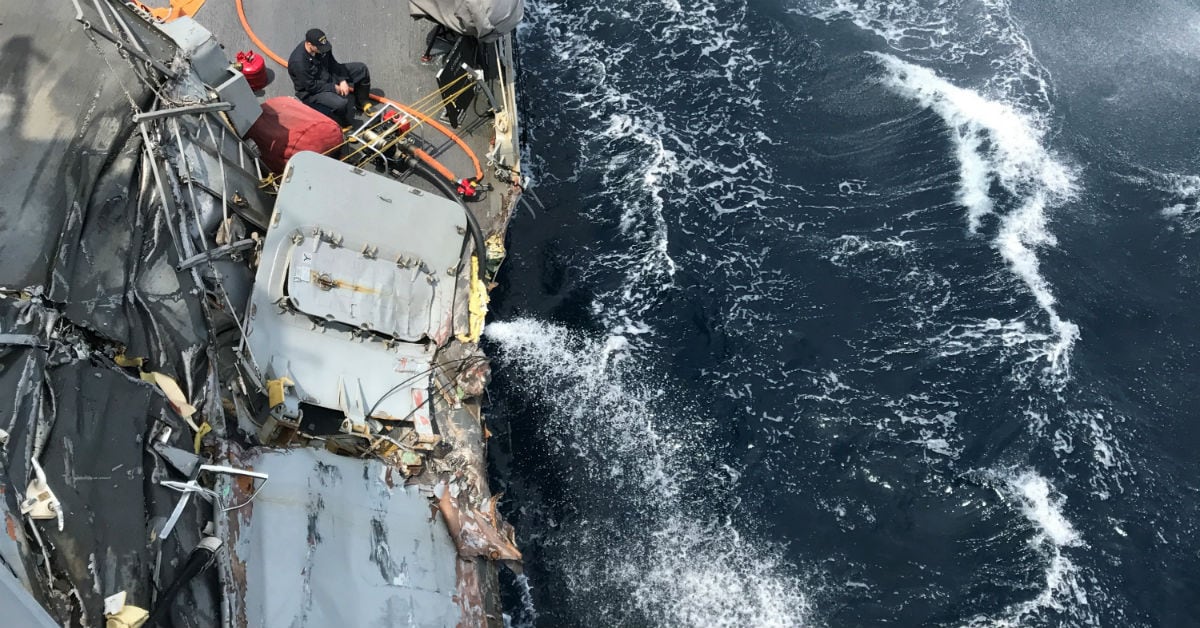
***
RELATED
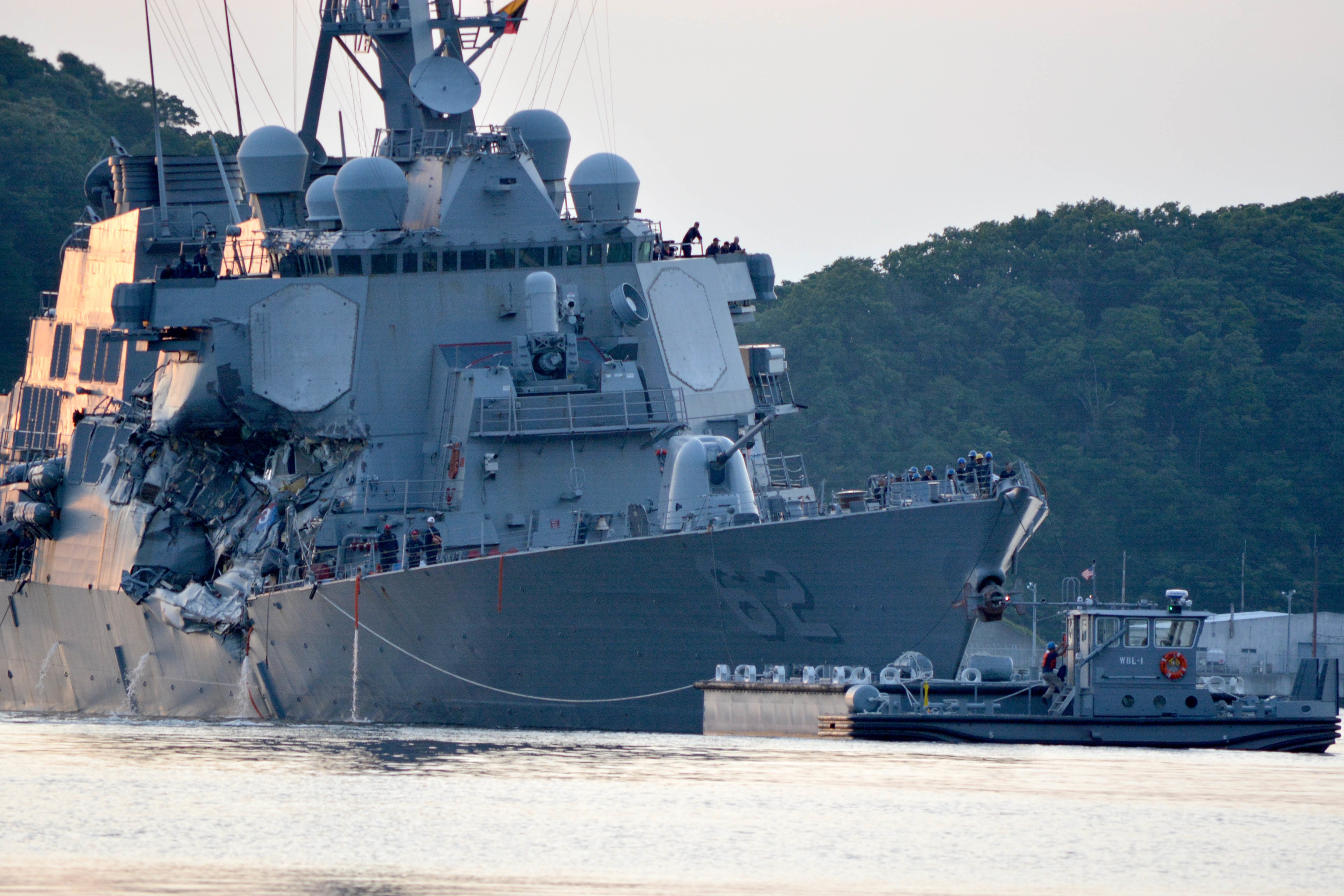
***
RELATED
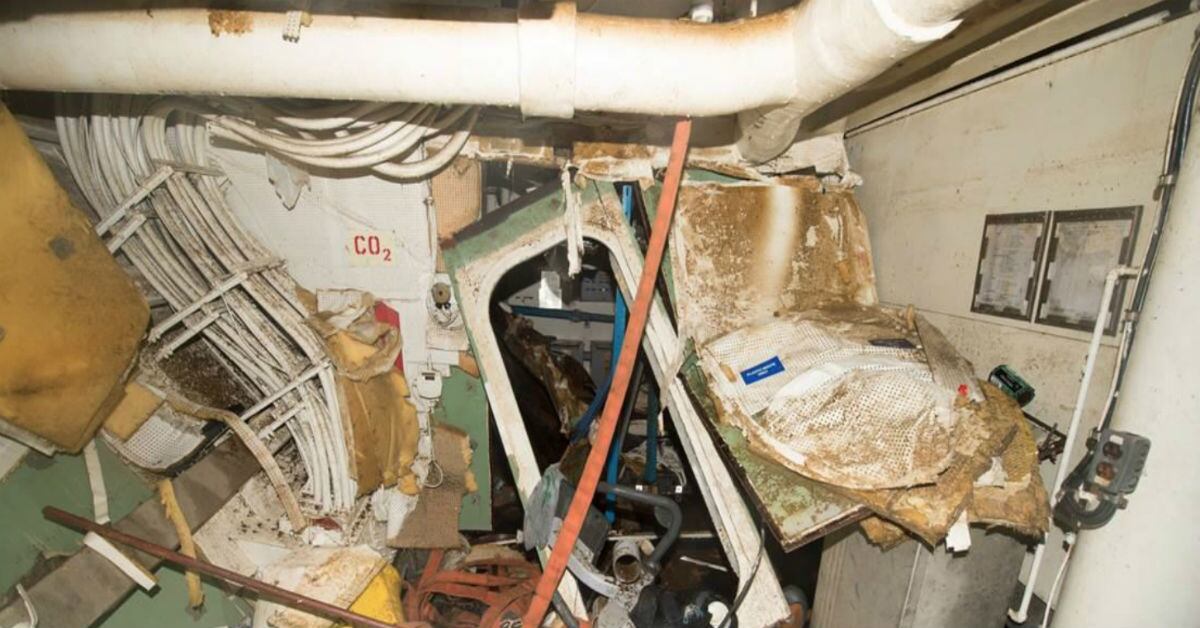
***
RELATED

***
Geoff is the managing editor of Military Times, but he still loves writing stories. He covered Iraq and Afghanistan extensively and was a reporter at the Chicago Tribune. He welcomes any and all kinds of tips at geoffz@militarytimes.com.


